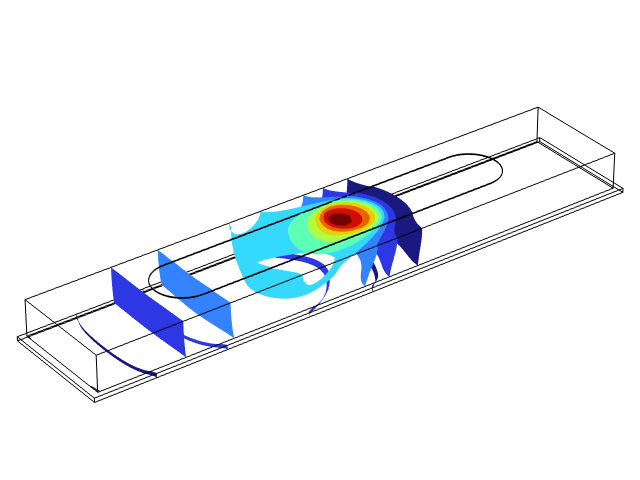10 Questions with Wlla Abbad
Our PhDs are playing a significant role within our program, and in the broader industry.
Here, we introduce you to Wlla Abbad from one of ACM CRC’s university partners, The University of Sydney.
She holds a master’s degree in industrial engineering/management from the University of Jordan and was awarded the 2024 HERA ‘Women in STEM’ Scholarship.
Her research focuses on sustainable manufacturing, specifically using Additive Friction Stir Deposition (AFSD) for aluminium/steel composite material. This includes both experimental and modelling work to understand and optimise the process. Aligned with circular economy principles, her work explores innovative approaches to recycling and reusing materials—contributing to critical advancements in the sustainability of metal composites.
Wlla’s excited to be working at the forefront of additive manufacturing and sustainable development of composites.
Q1. Under which ACM CRC Research Program does your PhD project sit?
I’m working on a project with industry partner HERA. The project, entitled “Innovative metal composites with circular design 4.0: Artificial Intelligence based quality control manufacturing health monitoring reuse and recycling of composite connections”, falls under Research Program 1 (Composite Materials) and Research Program 3 (Simulation, Performance Prediction).
Q2. What is the focus of your PhD?
The main objective of my PhD research involves a better understanding of the Additive Friction Stir Deposition (AFSD) process of metal composites via modelling and experimental validation. Additionally, I aim to create a framework with AI support for building structural components using composites materials for sustainable large-scale application.
The main objective targets manufacturing and inspection process optimisation to generate stronger, reliable connections that benefit different industrial sectors.

Q3. When did you become interested in this field?
My interest initially started with broader themes like Industry 4.0 and additive manufacturing. When I began my PhD journey, I was introduced to AFSD by my supervisor. Learning about its unique capabilities and relevance to sustainable manufacturing quickly captured my attention and shaped the focus of my research.
Q4. What made you interested in it?
FSD is a relatively new and promising additive manufacturing technique, especially for composite materials. I was drawn to its potential to overcome traditional manufacturing limitations and the wide range of advantages it offers for industrial applications, including improved material performance, reducing the cost and minimised environmental impact.
Q5. What do you hope to achieve through your PhD? What challenges are you hoping to solve?
The aim of my research is to investigate the use of AFSD for fabricating aluminium/steel composite structures, to model thermal and residual stress behaviours during the process, and to develop a sustainability-focused, AI-supported design and manufacturing framework. Ultimately, I hope to support the industry in adopting AFSD for stronger, more reliable, and environmentally conscious structural components.
Q6. What are your long-term goals/ambitions?
My long-term goal is to continue discovering new insights in advanced manufacturing and to share that knowledge through both academic and industrial collaborations. I aspire to contribute meaningfully to engineering education and innovation, especially in regions where sustainable solutions are most needed.
Q7. What’s the best thing about being an ACM CRC PhD student?
The best part is being connected to a vibrant research community with strong industry partnerships. The real-world focus and direct engagement with industry partners provide valuable insights and ensure that our research addresses practical, impactful challenges.
Q8. What one piece of advice would you give to people thinking of undertaking a PhD in the composites manufacturing area?
Composite manufacturing is a fascinating and dynamic field. It's full of opportunities to make a real impact across various industries. If you're passionate about innovation and problem-solving, this field offers endless possibilities for learning and contribution.
Q9. Tell us something about you that would surprise/impress people.
I once completely changed my career path—leaving a leadership position in industry to become a research and teaching assistant—because I was determined to follow my ambition and contribute to meaningful research. It was a bold decision, but one I am truly proud of.
Q10. Anything to add?
As a woman in a highly male-dominated field, I see this journey as a unique opportunity. I’m fortunate to be mentored by other women in the field, and I value the inclusive environment that supports women in STEM. It motivates me to keep pushing boundaries. Finally, I'm excited to be part of such a forward-thinking and collaborative research community, and I wish all ACM CRC projects continue to success!
Interested to know more?
Visit our Education and Training page to learn more on our HDR Program, and how it’s helping to achieve industry transformation.




